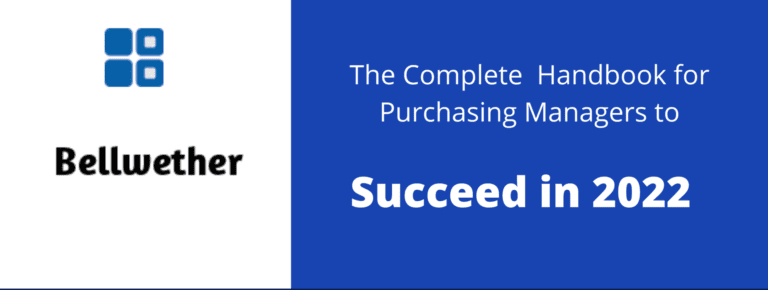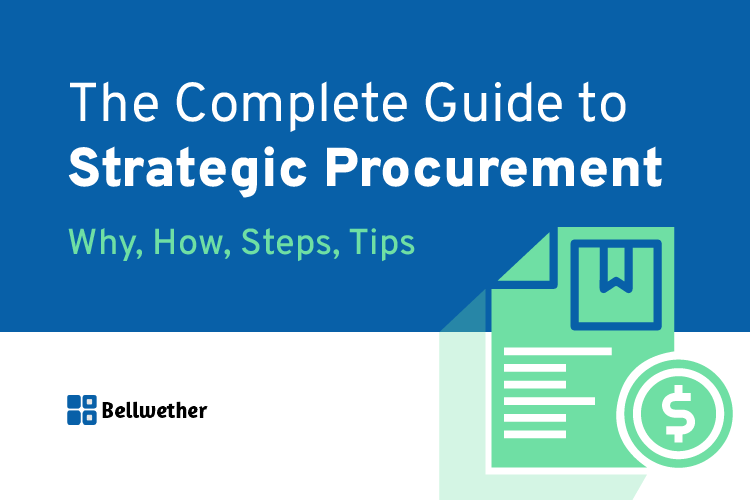In this week’s first post we took a look at the first five tips for a successful procurement process: Don’t Be in a Hurry, That’s Your Job, Be Open and Transparent, Cross Your T’s and Dot your I’s, and Leave Room for Innovation. In this post we will explore five additional tips to round out the entire process.
6. Prepare Organized and Detailed RFQ’s
The more information you provide the better response you’ll get. Describe, in detail, the pricing terms you are willing to accept, lump-sum vs payment schedule, and any other details pertinent to your desired outcome. The more details you are able to include the better chance you’ll have of completing a successful match. Procurement software such as Bellwether can make the preparation of RFQ’s easy and efficient.
7. Establish Clear Tracking and Payment Arrangements
Do not be vague when discussing the details of the transaction when it comes to the money. Once a supplier is awarded the contract, how will they be paid, how often, and when will payments begin? Be clear so everyone understands how payment will be paid and avoid problems down the road. Of course, include these in the RFQ so everything is spelled out and the expectations are clearly understood by all parties. Outline tracking procedures for both delivery of the goods or services and for payments so everything can be in alignment.
8. Build Moral Compass into Procedures
Document every step of the process and record all decisions so that it can be available and examined by both parties and their respective management hierarchy. By so doing, you in essence add a moral compass to the process that makes honesty and accountability a natural part of the process.
9. Point, Aim, Fire vs Ready, Fire, Aim
Part of not rushing things is proper planning. Allow for ample time to go through the entire purchasing process. Cutting the time short leads to rushing the project to completion which leads to problems and errors. Be sure to think before you act. Cliché, but sage advice. Consider potential problems and delays and what impact they may have. What can you do to ensure the project is completed on time? Work the scenarios through and develop contingencies.
10. Personal Development and Experience
Each time you follow this process be sure to learn and develop yourself. Take pride in a job well done, but don’t be content that you have achieved perfection. What worked and what didn’t? What areas could be improved? What could be utilized in other areas? Don’t be afraid to try something new. Each time make changes and see if something works better. Always work on improving yourself and the process.






